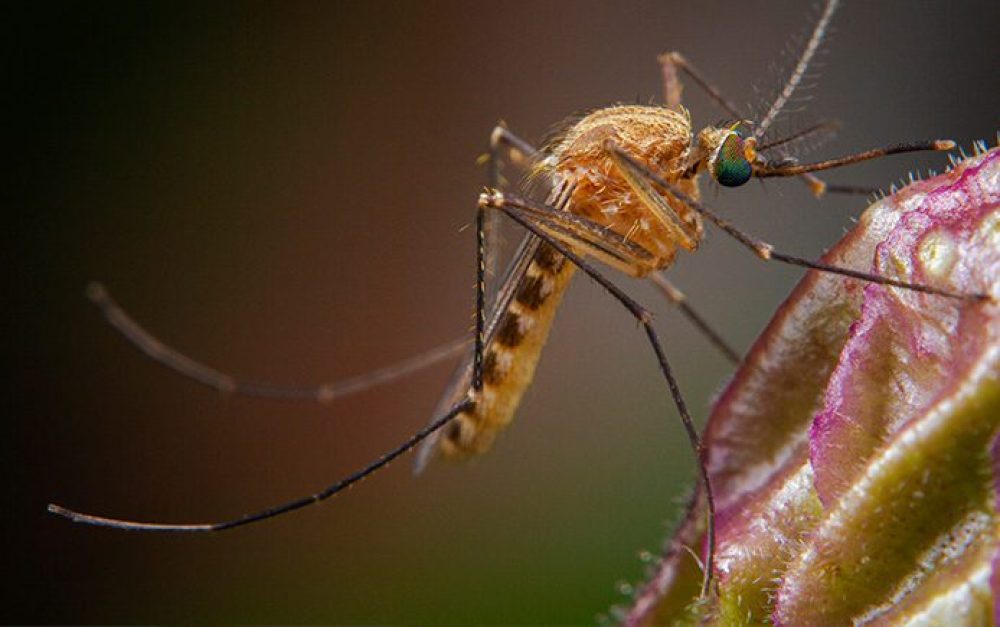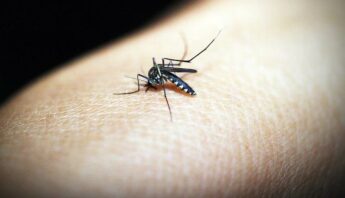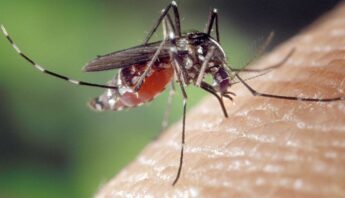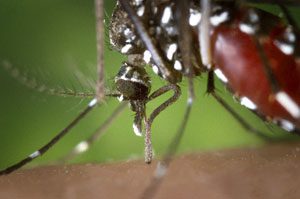In March, the U.S. Environmental Protection Agency (EPA) approved the release of two billion experimental genetically engineered (GE) mosquitoes across several counties in California – Fresno, Tulare, San Bernardino, and Stanislaus – as well as Monroe County, Florida. To date, this would be the biggest release of GE insects in the world.
In March, the U.S. Environmental Protection Agency (EPA) approved the release of two billion experimental genetically engineered (GE) mosquitoes across several counties in California – Fresno, Tulare, San Bernardino, and Stanislaus – as well as Monroe County, Florida. To date, this would be the biggest release of GE insects in the world.
EPA issued an Experimental Use Permit to biotechnology company Oxitec for the release of the mosquitoes, despite concerns raised by scientists, public health experts, and environmental groups about potential impacts to public health and the environment.
Why GE mosquitoes?
Why are these insects being engineered in the first place? Oxitec is making the claim that GE mosquitoes will reduce the incidence of mosquito borne diseases. This experiment aims to investigate whether the engineered mosquitoes can reduce the population of Aedes aegypti – a species of mosquito that is capable of carrying yellow fever, dengue, chikungunya, and Zika. In short, these insects are actually meant to serve as a type of pesticide.
But an independent peer-reviewed study from Yale University revealed that after two years of continual releases of the GE mosquitoes at a test site in Brazil, populations of A. aegypti were not reduced. Further, the GE mosquitoes actually bred with the A. aegypti population. The resulting hybrid mosquitoes may be more aggressive, difficult to eradicate, and may actually increase the spread of mosquito-borne diseases.
In addition to these ineffective and potentially disastrous outcomes, it doesn’t make sense to conduct the experiment in California. The U.S. Centers for Disease Control reports that California doesn’t have any cases of the diseases in question, and A. aegypti isn’t even prevalent in the state. It’s a lose-lose all around.
But wait, it gets worse.
Experimenting on communities
What about the communities across California and in Florida who are serving as experimental testing sites for Oxitec’s GE insects? As mentioned above, there were field experiments conducted in Brazil and in Florida before EPA approved this mass release of mosquitoes, but the agency hasn’t publicly released any data from those trials. Key information about health effects was redacted from Oxitec’s application for a permit, and EPA declined to convene a Scientific Advisory Panel like it would for a new pesticide.
Monroe County, Florida has already seen the release of these insects, despite strong public opposition. In April, Oxitec and the Florida Keys Mosquito Control Board began the release of half a billion GE mosquitoes. Residents of the community were only informed about the locations of release three days beforehand, and there was no informed consent by affected community members prior to release.
PAN champions the precautionary principle in environmental health policy, which calls for preventive measures to be taken when evidence emerges that a chemical poses threat to human health, wildlife, or the environment. While not a chemical pesticide, the release of Oxitec’s GE mosquitoes must be approached with the same precaution, transparent data made publicly available, and thorough risk assessments.
Pushback in California
In early April, California’s Department of Pesticide Regulation announced it would be reviewing Oxitec’s proposal for the release of these GE mosquitoes in Tulare County. The agency set up an extremely short public comment period, in which PAN and partners submitted our strong opposition to this plan for the health and safety of community members, wildlife, and the environment.
Even so, most residents of Tulare County and surrounding areas have still heard nothing of this unprecedented proposal or, if they have, they are missing key information like planned release locations, number of mosquitoes to be released, and full public health data. This is a completely inadequate process for public input and a dangerous precedent to set as Oxitec is developing other GE insects for use in agriculture that may pose additional risks to our communities and environment. You can support our opposition to this experiment by signing onto this action alert from our partners at Friends of the Earth.







